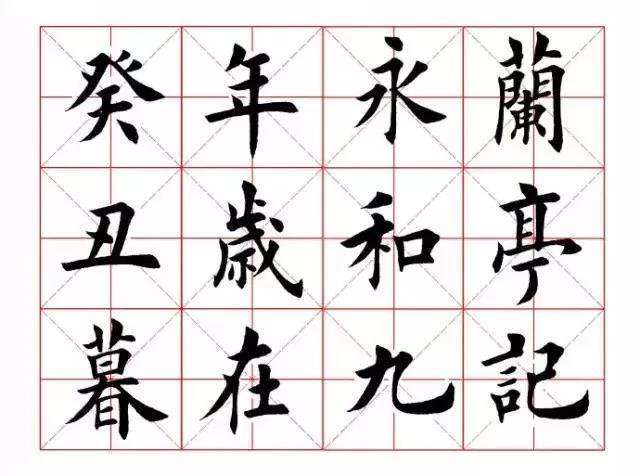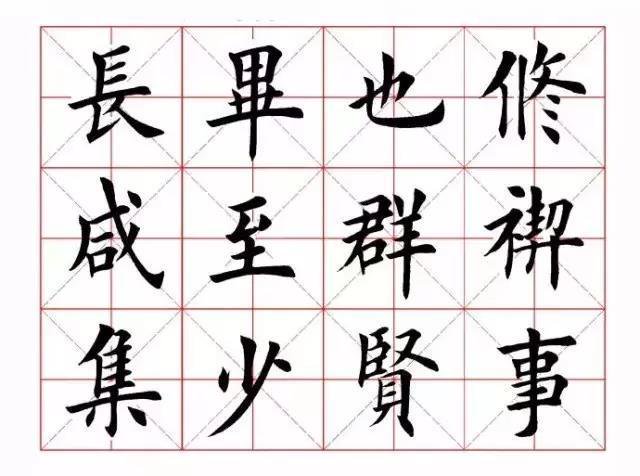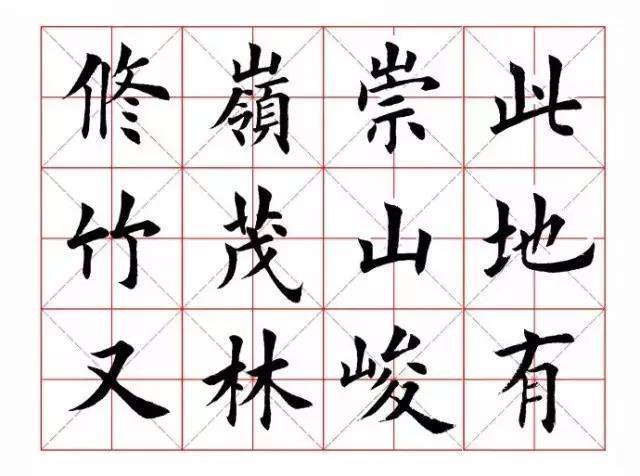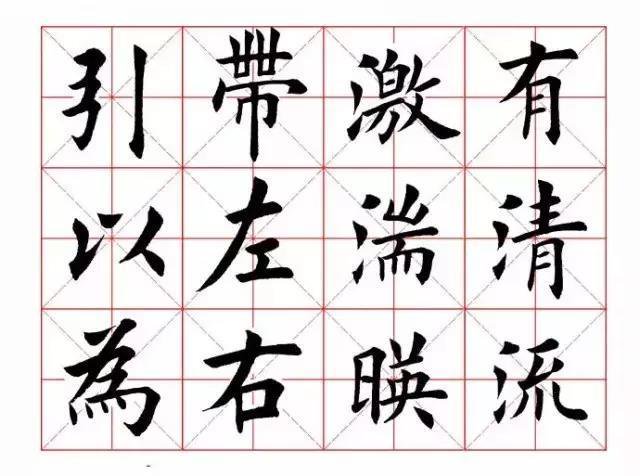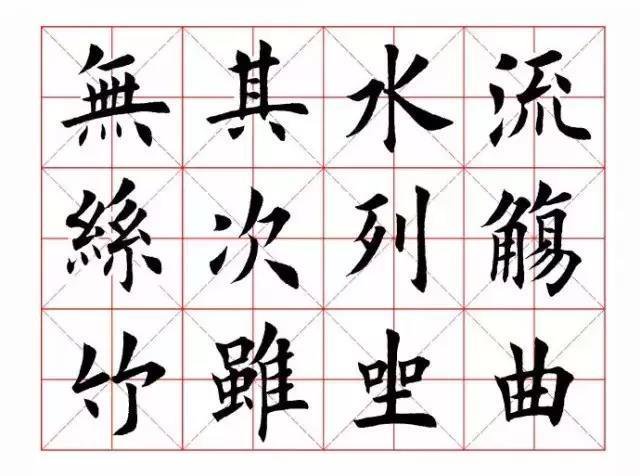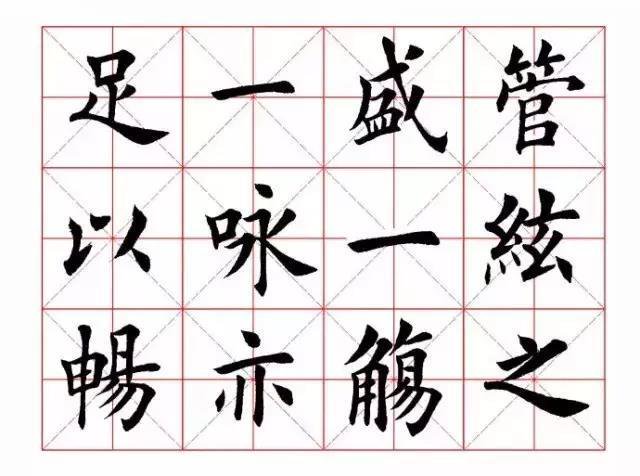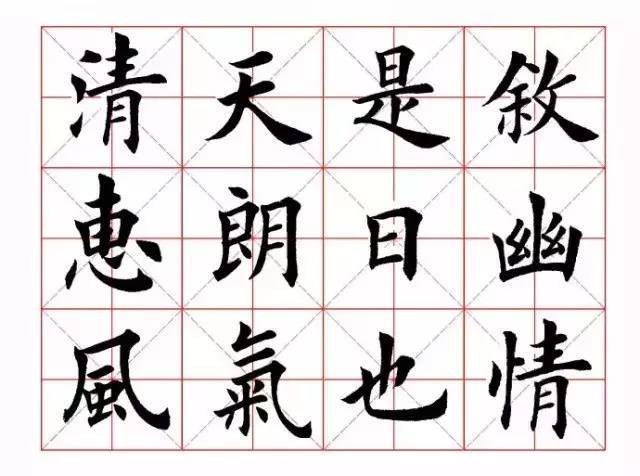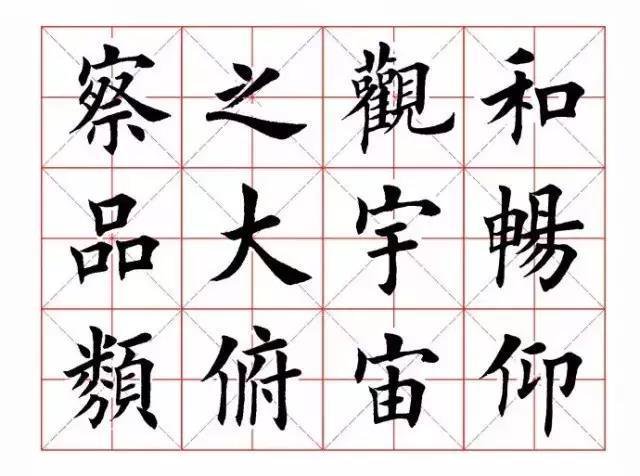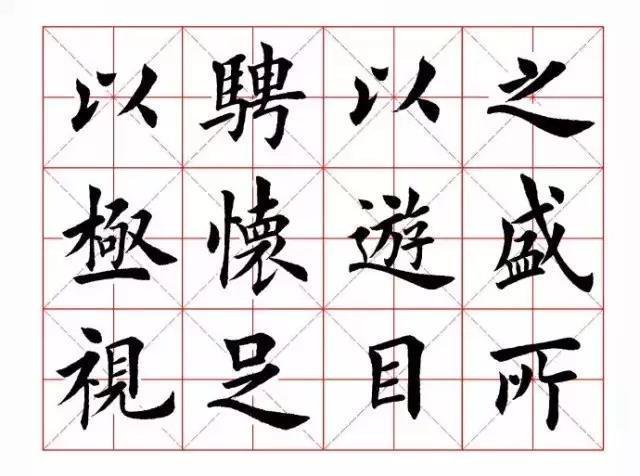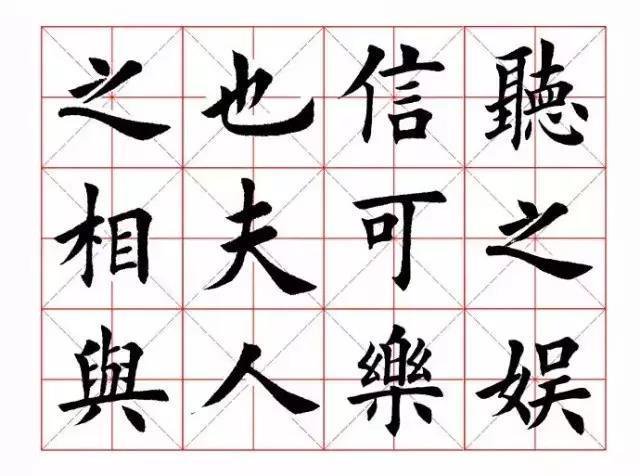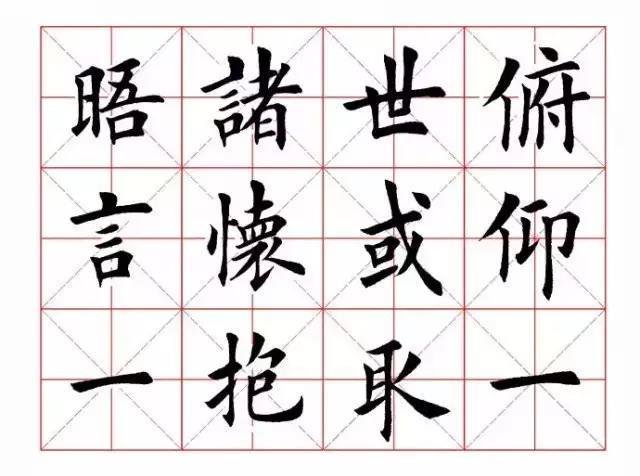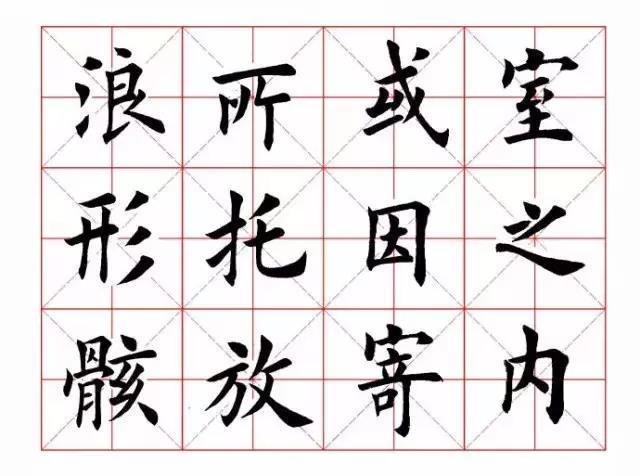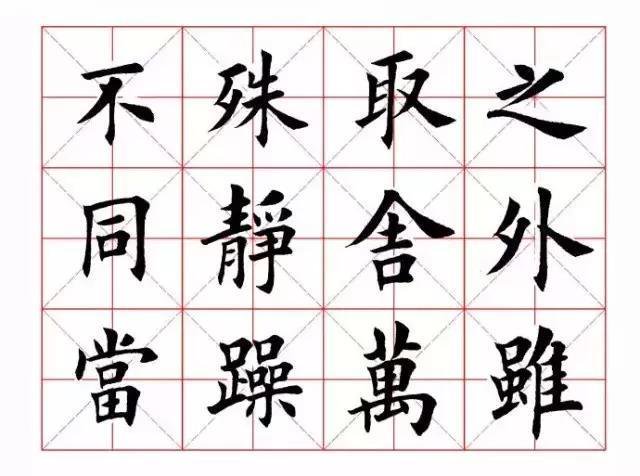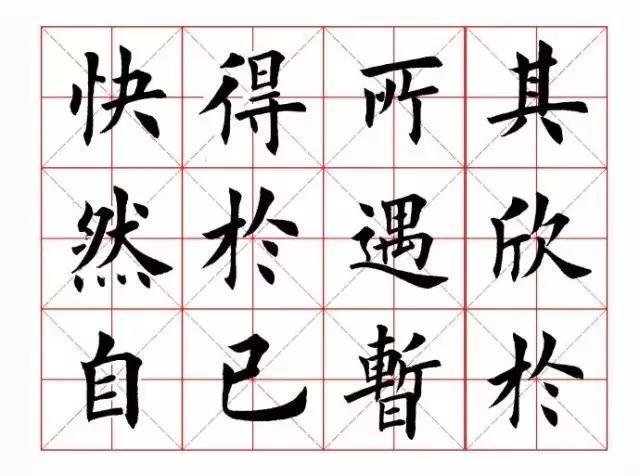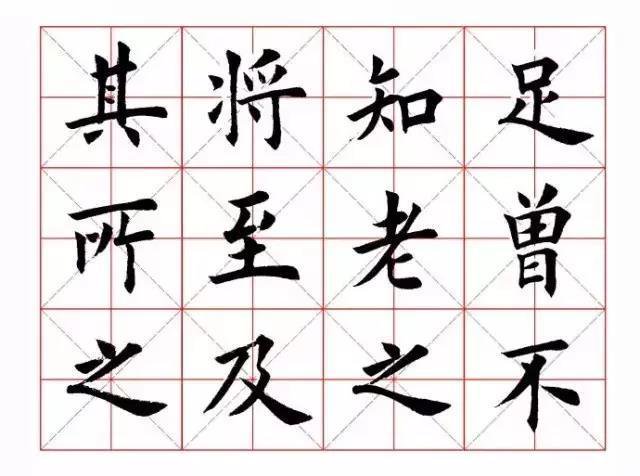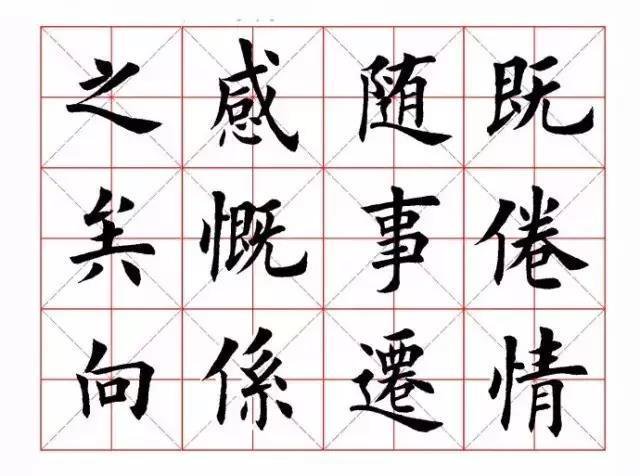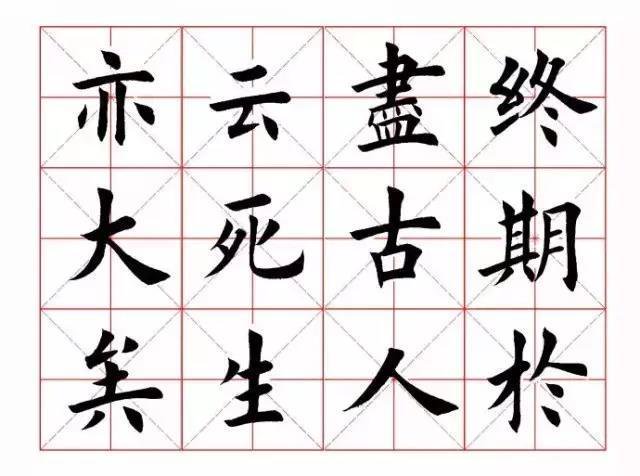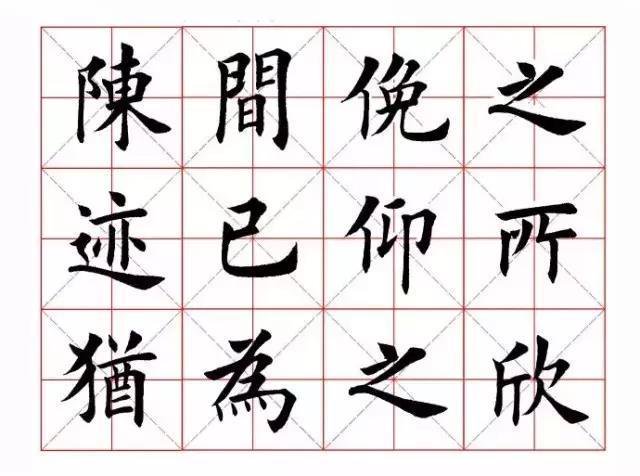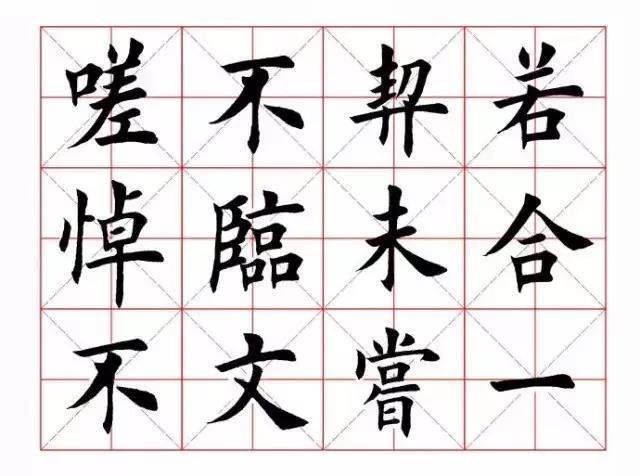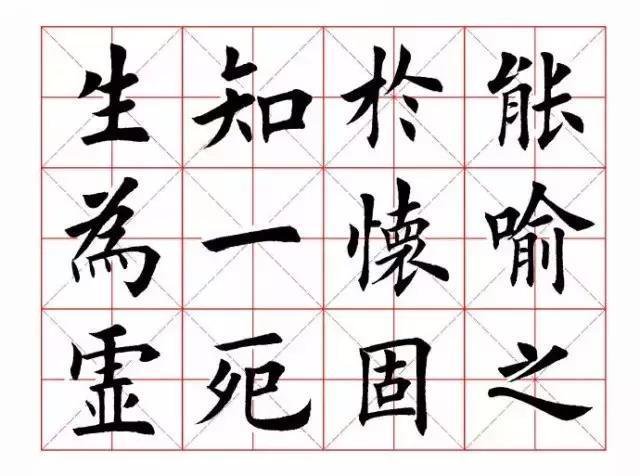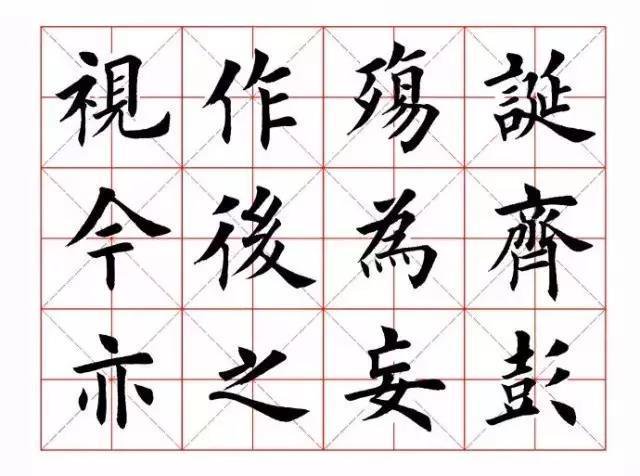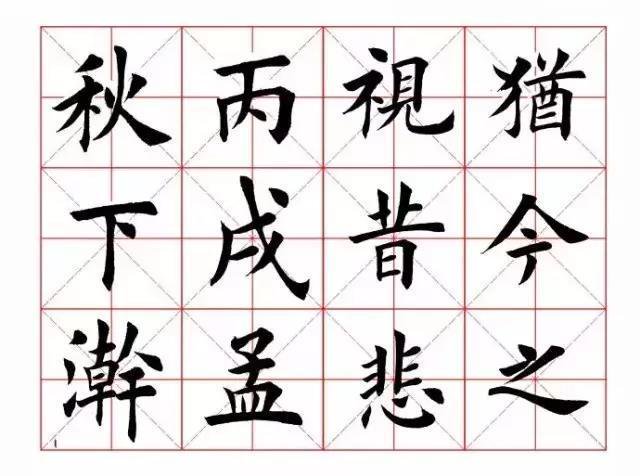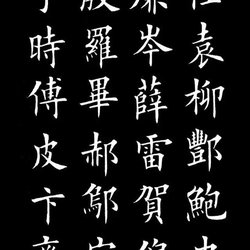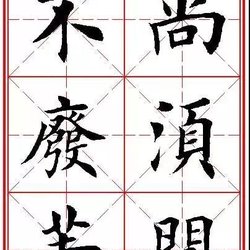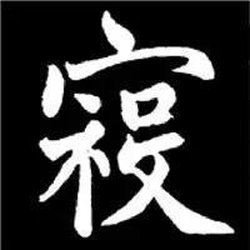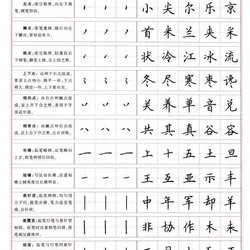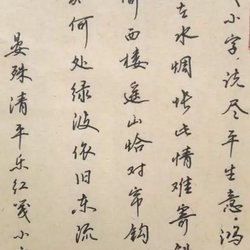The preface to the Lanting Collection was written in the Jin Dynasty of China (AD 353) when Wang Xizhi, the calligraphy sage, met friends at the foot of Lanzhu Mountain in Shaoxing and wrote "the best running script in the world". ”, “Preface to Orchid Pavilion Poems on March 3rd”, etc.
On April 22, 353 AD (the third day of March in the ninth year of Jin Yonghe, 1661 years ago), Wang Xizhi, then the internal historian of Kuaiji, and forty-one friends including Xie An and Sun Chuo visited Lantingya in Shanyin, Kuaiji. Collect, drink and compose poems. Wang Xizhi compiled these poems into a collection and wrote a preface to describe the incident of drinking Qushui and express his inner feelings caused by it. This preface is the "Preface to the Lanting Collection". He also wrote a "Preface to the Lanting Collection".
"Preface to the Lanting Collection" is written with splendid words and every word is precious. It is a popular and beautiful prose. It breaks the conventions, breaks the rules, does not fall into the stereotypes, and is elegant and elegant. It's refreshing. Although the mentality is contradictory, overall, it is still positive. Especially in the atmosphere of the Eastern Jin Dynasty when talk of mystery was common at that time, it is particularly valuable to propose that "death and rebirth are illusions, and Qi and Pengshang are presumptions." The greater achievement of "Preface to the Lanting Collection" lies in its calligraphy art. The breath of the whole text is light, ethereal, free and natural; the brushwork is charming and elegant; the technique is both peaceful and strange, with varying sizes. It shows careful arrangement of artistic craftsmanship without any trace of artificiality and carving, and is natural. Among them, all the same characters are written in different ways, such as "zhi", "yi", "wei" and other characters, each with its own changes, especially the word "zhi", which achieves the effect of artistic diversity and unity. "Preface to the Lanting Collection" is the representative work of Wang Xizhi's calligraphy art and a peak in the history of Chinese calligraphy art. It has nourished generations of calligraphers.
In terms of structure and organization, emotion is used as a clue, there is emotion in the narrative, and emotion is used to reason. In the first paragraph, the word "joy" is emphasized in a beautiful state. From joy to meditation, it leads to the word "pain" in the second paragraph. After some painful thinking, I feel infinite sadness. , and finally ends with the word "sorrow". The emotional colors are very different, but the transition from front to back is appropriate and natural.
Preface to Lanting, regular script copybook
